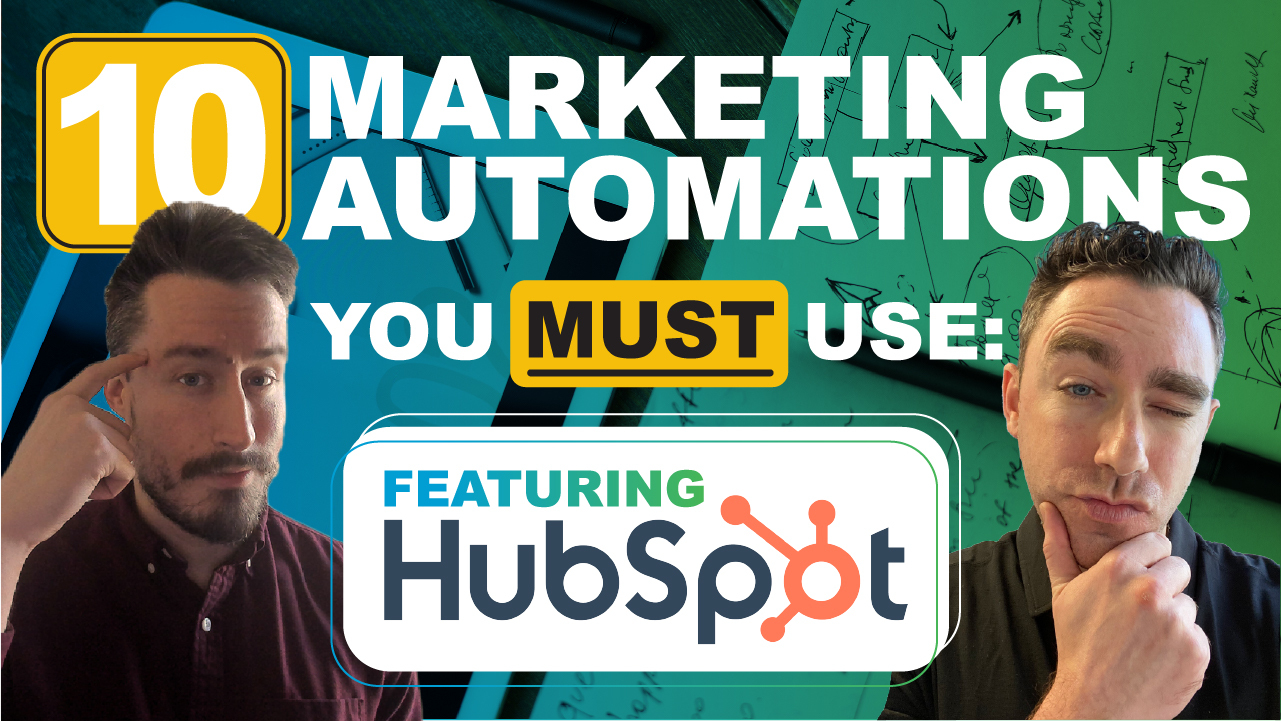Getting in front of your target audience is crucial, but the future of how marketers can target their audiences is changing. Here to get you up-to-date is a top-tier marketing thought leader that loves helping companies drive revenue by developing the proper systems and strategies.
Zack Wenthe is the Senior Technical Product Marketing Manager and Product Evangelist at Treasure Data. Zack is also the author of “76.5 Ideas to Kickstart your Marketing.” Zack reveals the secrets behind why data platforms don’t want you to have your own data, how to collect 1st-party data, and what is possible when you use your own 1st-party data in your ad targeting across platforms.
Book a 30 minute call
Reserve 30 minutes with a strategist and get 30 hours worth of value.
Takeaways:
- Platforms like Facebook and Google don’t want companies to create their own 1st-party data strategies, they would rather those companies be dependent upon them for crucial data. This means they can charge more and limit what marketers can do with data.
- Building out your 1st-party data strategy follows the same concept as growing and owning your email marketing list. However, the scope of your 1st-party data strategy goes far beyond an email list to include interests, demographics, psychographics, etc.
- You can use your 1st-party data to accurately build the same audiences across multiple platforms. Having in-house data allows you to reach the target audience, even when platforms make changes, such as the looming extinction of 3rd-party cookies.
- Start small when you begin collecting 1st-party data. You can use surveys to uncover customer interests and preferences. As the amount of data you compile grows, you may need a CDP (Customer Data Platform) or a data warehouse to manage your data.
- For example, for one product you may have multiple audiences that have unique needs and buying behaviors. By understanding those audiences and having the right data, you can create more meaningful segments and improve all of your campaigns.
- When you use multiple platforms for advertising in tandem, you can use your 1st-party data to create an omnichannel experience for your audience as they go from using one platform to another.
- One of the biggest ways to drive the efficiency of your ads is suppression. For example, you can use your 1st-party data to make sure that you aren’t paying to show an ad to someone who just made a purchase of that same product.
Quote of the show:
“Facebook, Google, all the walled gardens, they don’t want you to build your own 1st-party data strategy. They don’t want you to have your own data” – Zack Wenthe
Links:
- LinkedIn: https://www.linkedin.com/in/zackwenthe/
- Twitter: https://twitter.com/zwenthe
- Company website: https://www.treasuredata.com/
- 76.5 Ideas to Kickstart your Marketing: https://www.barnesandnoble.com/w/765-ideas-to-kickstart-your-marketing-zack-b-wenthe/1102177697?ean=9781453678510
Shout Outs:
- Ryan Levesque – CEO of The ASK Method
- Malcolm Gladwell – Renowned Author
- Never Eat Alone by Keith Ferrazzi
- The Person and The Situation by Lee Ross
Ways to tune in:
- Amazon Music: https://music.amazon.com/podcasts/5f9c8c1a-fbf5-43c7-b7eb-958674860156/3-minute-marketing-with-chris-mechanic
- Apple Podcast: https://podcasts.apple.com/us/podcast/3-minute-marketing-with-chris-mechanic/id1444680950
- Spotify: https://open.spotify.com/show/1OCuYchAG8TlGv82YARRhy?si=c4050290cbb54c65
- Google Podcast: https://podcasts.google.com/feed/aHR0cHM6Ly9tb3JlbWFya2V0aW5nLmxpYnN5bi5jb20vcnNz
- Listen Notes: https://www.listennotes.com/podcasts/3-minute-marketing-with-chris-mechanic-rdU1oESluqs/
- YouTube: https://youtu.be/FTVWPZFnfXY
Featuring:

Zack WentheCDP Evangelist, Treasure Data

Chris MechanicCEO & Co-Founder
Podcasts Info:
Categories:
MarketingMost newsletters suck...
So while we technically have to call this a daily newsletter so people know what it is, it's anything but.
You won't find any 'industry standards' or 'guru best practices' here - only the real stuff that actually moves the needle.






